
The conveyor rollers will occupy a large part of the investment, and the quality of the rollers is very important. As a belt conveyor roller manufacturer, SKE Industries can produce high quality conveyor rollers according to international standards like ISO, UNI, DIN, AFNOR, FEM, BS, JIS, SANS and CEMA. We can provide steel rollers, rubber coated roller, HDPE roller, and UHMWPE Rollers.

HDPE roller is made by modern polymer and fiber materials. HDPE Rollers have features of low-noise, wear resistance, and light weight. HDPE rollers can be manufactured to custom specifications.

Heavy duty steel conveyor rollers are mainly used in industries of mining, quarrying, metallurgy, cement, power, etc. We can provide steel and stainless-steel conveyor rollers.
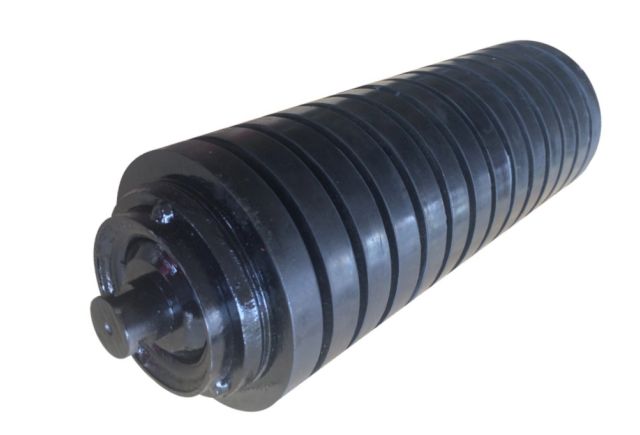
Our impact rollers are designed with rubber rings which can absorb impact forces minimizing belt damage. Our impact roller is used in impact area, often the loading point of conveyor belt.
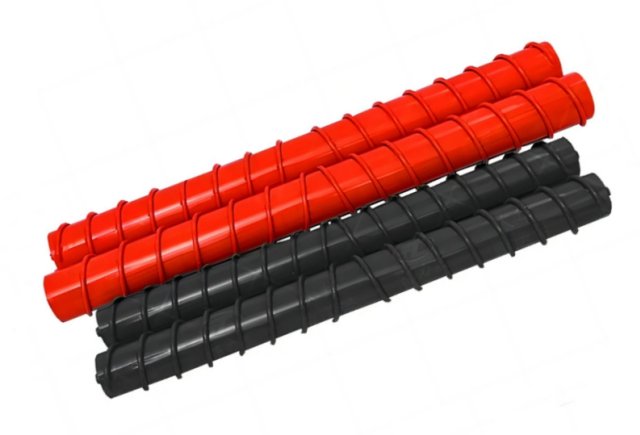
This steel spiral return rollers are also called self-cleaning rollers and they can clean the sticky materials on the conveyor belts. The steel spiral return roller is used as support for the return side of belt.
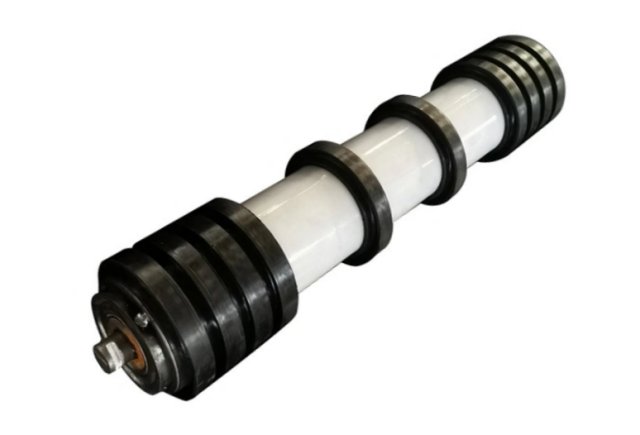
The rubber disc return rollers are similar to impact rollers. They are covered with rubber rings too. SKE rubber disc return rollers can assist to remove carryback of belt.

The friction self-align conveyor rollers can prevent conveyor belt deviation. They can keep conveyor belts running smoothly. It is a special roller mainly used for conveyor belt alignment.

The Tapered Conveyor Roller is widely used in steel mills, power plants, docks and coal mines, etc. It works as self-align rollers. It is produced with conical steel pipe.

The Roller Bracket is a necessary part of belt conveyor machine. All the rollers will be installed on the roller brackets. We provide toughed, flat, and V shaped roller brackets for sale.
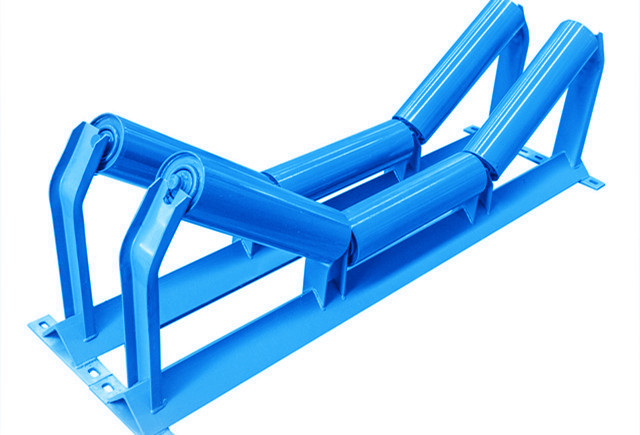
Troughing rollers are the most common belt conveyor rollers used on the carry side. SKE troughing idlers come in 20°, 35°, and 45°. The troughed rollers can be carrying rollers and return rollers.
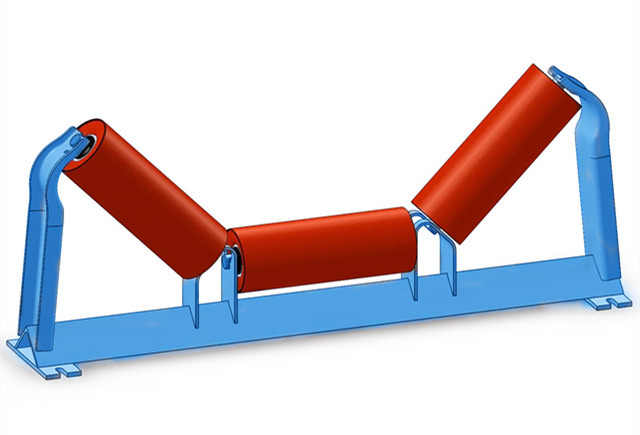
Belt conveyor carrying rollers are used to carry conveyor belt and support bulk materials on conveyor belt working surface. The carrying conveyor rollers can be troughed and flat.
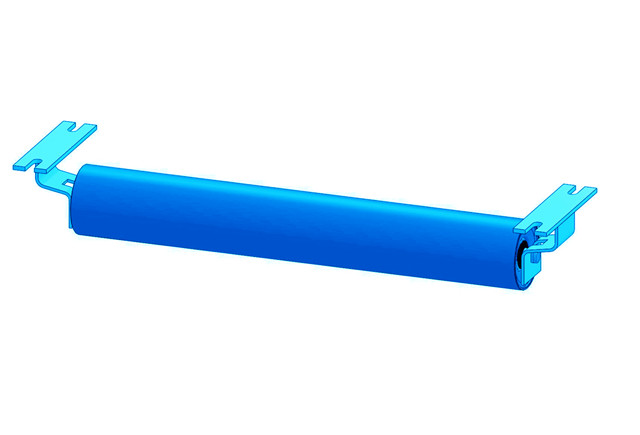
Belt conveyors return rollers are used to support the belt as it cycles around to be loaded again. we provide flat return rollers, rubber disc return rollers, self-aligning training return rollers and v return rollers.
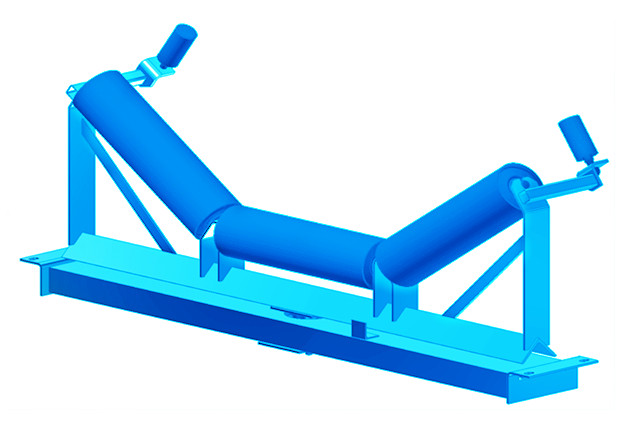
Strategically placing belt training rollers along the conveyor keep the belt running. We provide belt carry and return training rollers. The training roller often consists of three normal roller and two guide rollers.
Conveyor Rollers are the important part of belt conveyors. SKE Industries is a belt conveyor rollers manufacturer in China. We have over 13 years of experience in the development and production of conveyor rollers. We can provide conveyor rollers:
60000
Factory (㎡)
100+
Workers
20+
R&D Engineers
20+
Welders Certified
160+
Marketing Areas
1000+
Projects


| Conveyor Idler Roller Standard | CEMA(CEMA B, C, D, E, F), DIN, ISO, GB, AS, GOST, SANS, etc. |
| Optimized Idler Roller Bearings |
|
| Conveyor Roller Bearing Brands | SKF, FAG, NSK, LYC, HRB, or ZWZ |
| Roll Shell Materials | The roller shell is the cylindrical part of the idler that comes into direct contact with the conveyor belt.
|
| Conveyor Idler Roller Sealing | Seals are often incorporated to protect the bearings from contaminants such as dust, dirt, and moisture.
|
| Conveyor Roller Frame Types | The frame or bracket provides structural support to the conveyor idler roller assembly.
|
The product manufacturing and testing are quality records and testing information. We invite the user to visit the product in the whole process, the whole performance check, until the product was confirmed after the shipment.
In order to ensure high reliability and advanced products, the system selection are selected domestic or international quality brand-name products.
Small vibrating and long lifespan. Be well dustproof and waterproof. Stable running with low vibration and less noise.
OEM order is highly welcomed and easily achieved. All customized requests are available, including customized logos, packaging boxes, details of products, etc.